If you’re a working parent or you want to know which childcare option will be in your family’s best interest, you’ve probably considered academic preschool programs in your area. While preschool certainly isn’t your only choice in childcare, it is often the most beneficial. The benefits of preschool have been studied at length — and those benefits have been shown to help children grow in a variety of ways. When you prioritize early childhood education, your child will be more ready for academic challenges in the coming years. They may also experience increased social, emotional, and physical development as a result. And the advantages don’t end there; they’ll also be more prepared for life’s hurdles years down the road. Let’s take a closer look at some of the main advantages that early childhood education will provide for your child.
Cognitive Development
One of the most obvious advantages of attending preschool is the potential for cognitive development. The preschool classroom is typically the first place where new concepts and skills are introduced. Children become acquainted with letters, numbers, sequences, and songs in preschool; they’ll also learn more about the world around them through hands-on lessons. As a result, they’ll become more curious about their surroundings and will develop a hunger for knowledge. The creation of new neural pathways during this critical time will literally lead the way to lifelong learning.
As preschool enrollment has increased over the years, researchers have taken note of the positive effect of early childhood education on the skills and understanding of young children. Between 1993 and 2012, the percentage of children ages three to six who were able to recognize all of the letters in the alphabet increased by 17%, while the percentage of those children who were able to count to 20 or higher increased by 16%. Clearly, preschool classes act as the foundation for all subsequent education.
Physical Development
When you list all the benefits of preschool programs, the development of the mind will probably pop up first. When you enroll your child in preschool, they’ll also develop their bodies more readily. Many early childhood education programs promote recess and physical education, as well as physical games and other activities that will help your child develop their muscles and coordination. They also participate in dramatic play, which helps their emotional development and aid in their physical development. They’ll also develop their fine motor skills (often through the use of building blocks, finger paint, and other fun pastimes), which will come in handy when it comes time to learn how to write.
Social Development
Prioritizing early childhood education isn’t only about academics. When you enroll your child in preschool, they’ll also have the opportunity to grow socially. They’ll learn how to cooperate and share with others and learn how to solve problems that arise in social situations. They’ll come to understand how to compromise, how to empathize, and how to accept others from all different backgrounds. Their listening skills and leadership skills will be developed during this time, too. Figuring out how to relate to others is a lifelong endeavor, but children can get a head-start when their families opt for an educational program outside the home.
We know that preschool is just one of several possible options for early childcare. The preschool classroom serves as more than a means to care for your child; it’s also the place in which your child will start to develop into the person they’ll become. For more information on how our preschool can help your child realize their potential, please contact us today.



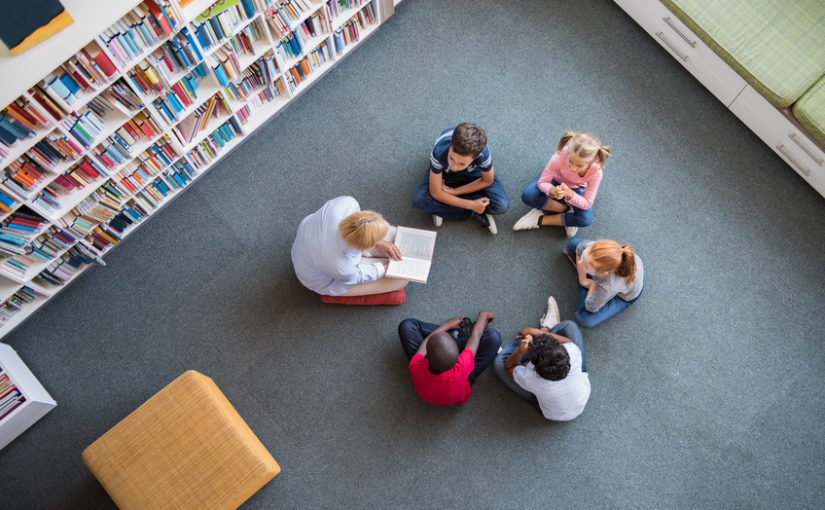
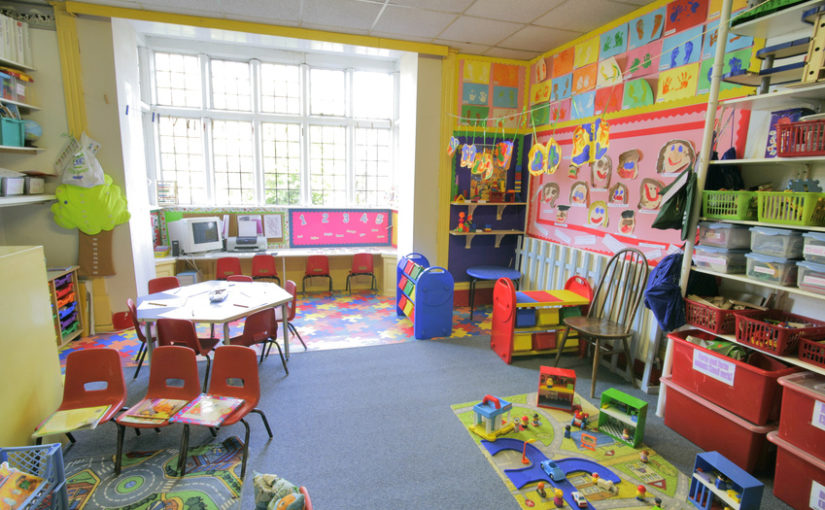


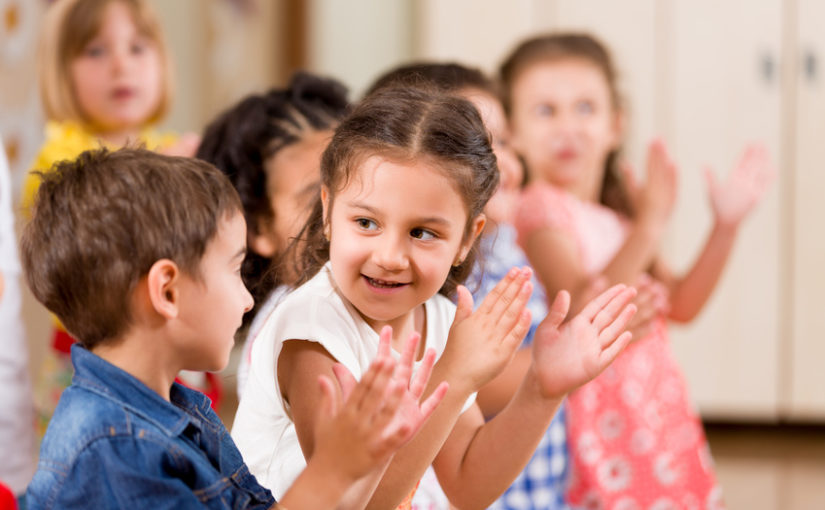

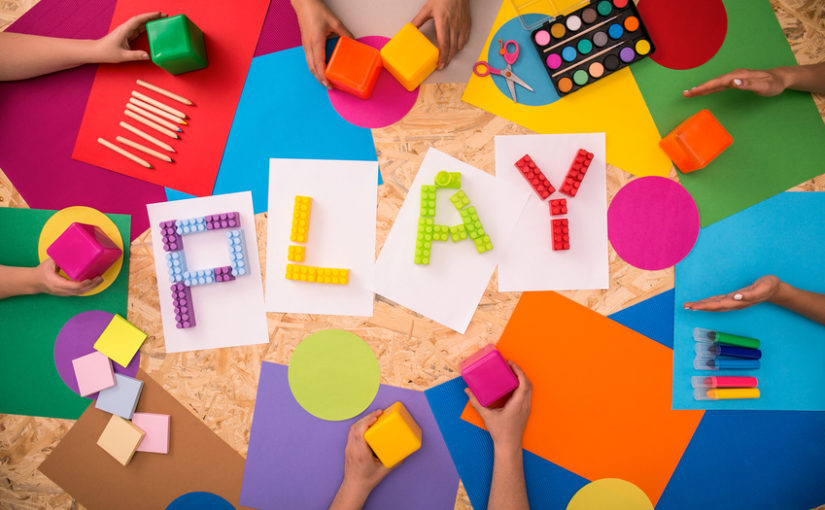
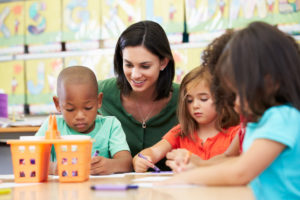 Summer may have only just started, but In 2013, approximately 42% of three-year-olds and 68% of four-year-olds were enrolled in preprimary programs throughout the United States. Although the majority of parents plan to enroll their children in preschool, knowing exactly when to do so can be a bit of a challenge. How do you know if your child is truly ready for the preschool classroom? While every child develops differently — and every school has different requirements — the following preschool checklist can give you a pretty good idea about whether your family should start exploring local preschool program options this year.
Summer may have only just started, but In 2013, approximately 42% of three-year-olds and 68% of four-year-olds were enrolled in preprimary programs throughout the United States. Although the majority of parents plan to enroll their children in preschool, knowing exactly when to do so can be a bit of a challenge. How do you know if your child is truly ready for the preschool classroom? While every child develops differently — and every school has different requirements — the following preschool checklist can give you a pretty good idea about whether your family should start exploring local preschool program options this year. Summer may have only just started, but many families are already looking forward to fall. If it’s almost time for your child to start attending preschool, you may be overwhelmed with the process of deciding on a school and enrolling. Knowing what to look for in a preschool can be tough enough, but submitting enrollment forms and waiting to hear if there’s a spot open can be downright nerve-wracking. The following list of tips and tricks will help take some of the mystery out of this process and help you feel totally prepared when enrolling in local preschool programs.
Summer may have only just started, but many families are already looking forward to fall. If it’s almost time for your child to start attending preschool, you may be overwhelmed with the process of deciding on a school and enrolling. Knowing what to look for in a preschool can be tough enough, but submitting enrollment forms and waiting to hear if there’s a spot open can be downright nerve-wracking. The following list of tips and tricks will help take some of the mystery out of this process and help you feel totally prepared when enrolling in local preschool programs.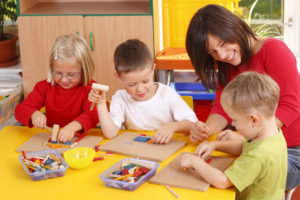 Childcare centers, academic preschool programs, and parents alike have a common issue: what curriculum is right for my children? Sometimes it behooves preschool teachers to consider a curriculum specifically for their students because these early years are developmentally crucial. Let’s face it — they’re not college students. They lack the independence to choose a curricular path that best suits their learning styles. This leaves preschool curriculum in the hands of parents, teachers, and administrators.
Childcare centers, academic preschool programs, and parents alike have a common issue: what curriculum is right for my children? Sometimes it behooves preschool teachers to consider a curriculum specifically for their students because these early years are developmentally crucial. Let’s face it — they’re not college students. They lack the independence to choose a curricular path that best suits their learning styles. This leaves preschool curriculum in the hands of parents, teachers, and administrators.